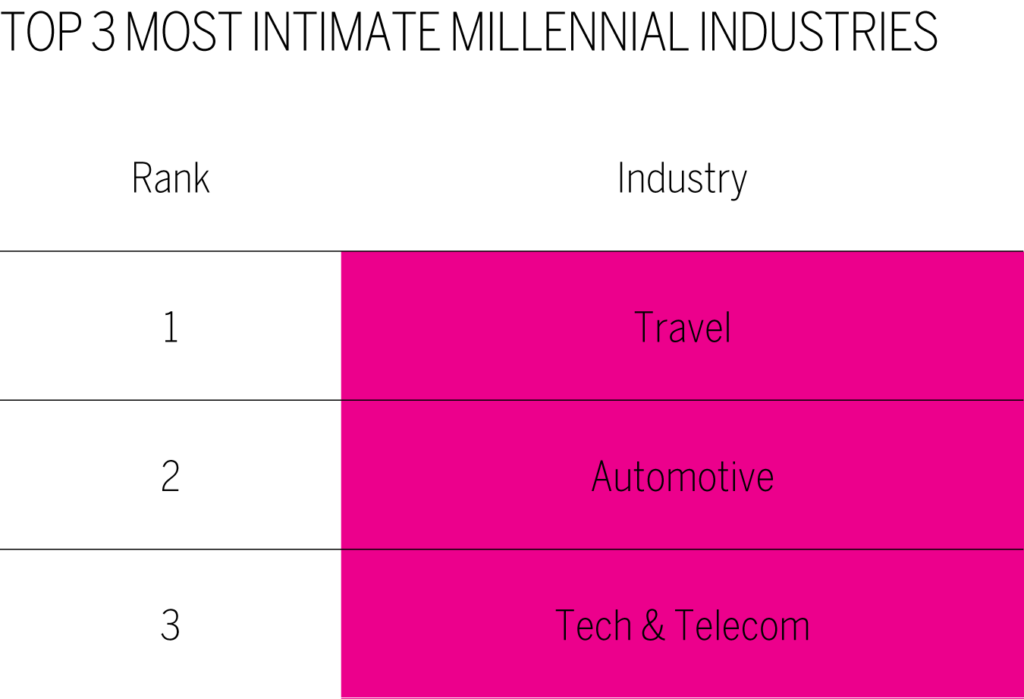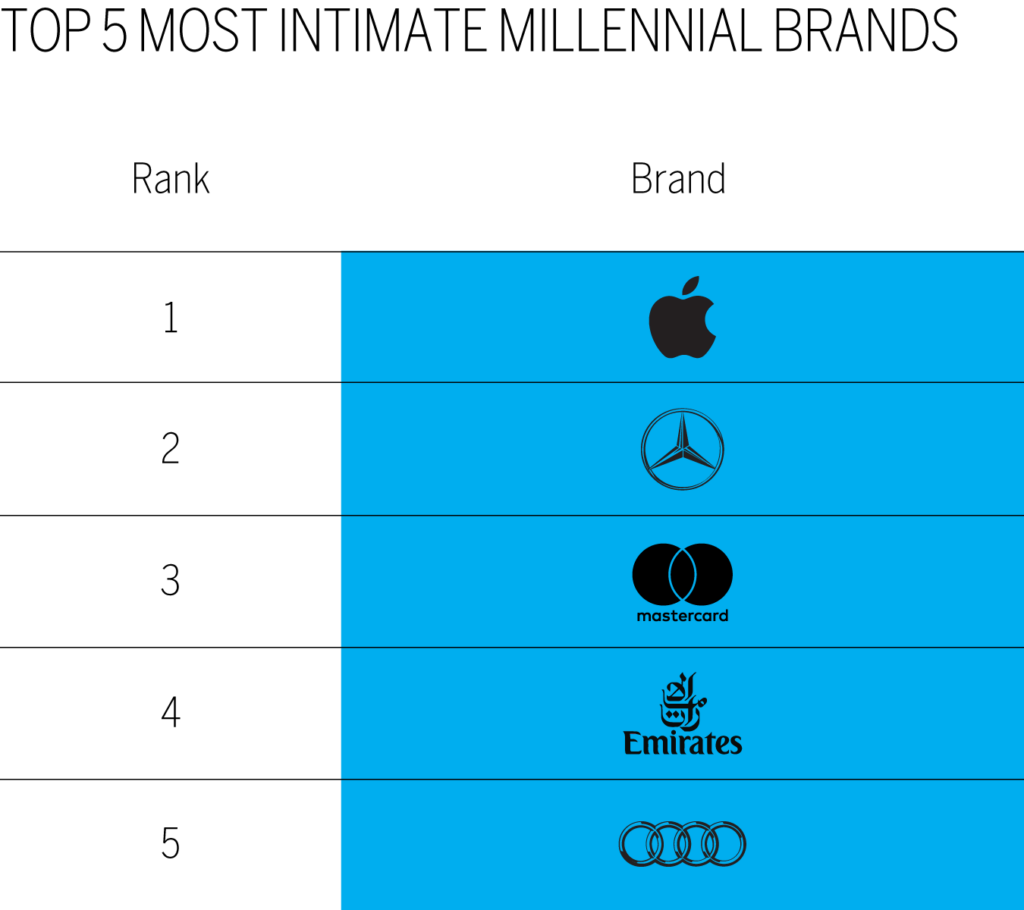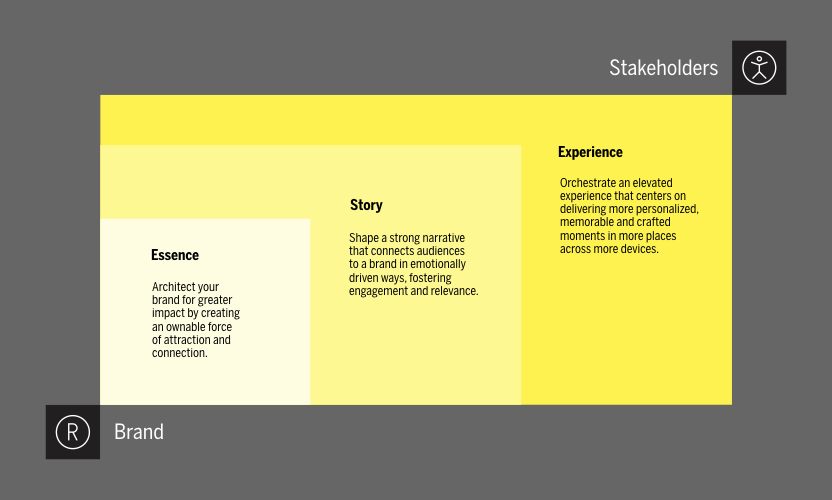In today’s marketing atmosphere, reaching millennials must be a top priority. We have seen brands targeting this 18- to 34-year-old demographic across different industries like technology & telecom, financial services and hospitality among others. In technology & telecom specifically, Virgin Mobile and swyp push messages designed for the digital-savvy millennial, allow online management of services and provide control of the experience—among other perks millennials appreciate, like lifestyle offers and promotions.
In some cases, brands limit consumer access to this specific age bracket, while other more established brands create spin offs such as liv by Emirates NBD. Whatever their strategy, it is clear that brands in the Middle East are taking notice and adapting to this new audience.
But the times of change are not only audience-specific. If you look around, the market has completely transformed and in a mere number of years, morphed beyond the point of recognition. This transition has affected all brands, millennial-focused or not. Across this new landscape, three fundamental market forces are leading that change.
The first force is technology. Rapidly advancing technologies continue to disrupt every industry. This creates significant positive impact in cost and time savings. However, technology not properly implemented also has a negative impact on businesses.
The second force is proliferation. The multiplication of brands and choices have increased competition. With this comes a constant bombardment of marketing messages—especially for the millennial audience.
The third force is behavior. Neuroscience has revealed that our decisions are not as linear, or as controlled, as was previously believed. Today we know more about how the human brain processes information, and how the majority of our decision making is based on emotion and instinct first.
This last point provides the underpinning of Brand Intimacy. As a marketing paradigm, Brand Intimacy proposes that in order to impact consumer decision making, brands must first appeal to people’s emotions and connect with them. The speed of perception—driven by the first impression of meeting someone, hearing a message or watching a video—is almost immediate. This indicates that emotion and not rational thinking is the main driver of most our decisions as consumers.
Millennials make up a quarter of the global consumer base and control an ever-increasing share of purchase decisions. They were born digital natives, are technology-savvy and have grown up in this fast moving world that offers a multitude of choices. Based on our years of studying consumer behavior in our Brand Intimacy Study, we understand more about their preferences and what industries are valued and prioritized.
We have spent the past eight years researching the emotional bonds between brands and consumers of different age ranges, socio-economic level and gender. Our research is comprised of qualitative data that represents 156,000 brand evaluations, across three geographies and 400 brands to provide insights on how people—including millennials—form bonds with the brands they use and love.
Building an intimate brand is a complex and arduous process. It demands organization-wide focus and determination. Brands are assets that require concerted efforts across the company, starting from management, and funneling down to customer service, IT, marketing and product development. The larger the organization, the more complex brand-building becomes as key messages need to be synchronized at all levels.
Creating strong bonds with millennials (or other customer segments) starts with a purposeful brand, stories and narratives that connect emotionally and experiences across touchpoints and channels that develop affinity among this consumer group. We have seen brands that try to be everything to everyone wind up diluting their essence and purpose, ultimately failing to connect.
In the UAE, the Brand Intimacy Study 2019 reveals that millennials are motivated by experience, mobility and connectivity. This is evidenced in their choice of Most Intimate Brands across the fifteen industries we study each year. Travel is their current top industry, followed by automotive and technology & telecom.

Furthermore, the study reveals that millennials selected Apple, Mercedes Benz, MasterCard, Emirates Airlines and Audi as their Most Intimate Brands (in that order) with key differences between gender. Ranking first for Females is Chanel, and for Males is YouTube.

The type of emotional connection (known as “archetypes”) which were most identified by millennials in 2019 are: indulgence, ritual and fulfillment, in that order. The indulgence archetype signifies a relationship built through pampering and gratification. Victoria’s Secret scored #1 in this archetype. The ritual archetype is present when a brand becomes ingrained in a consumer’s daily routine. WhatsApp ranked #1 here. Fulfillment signifies a relationship wherein a brand delivers superior service, efficacy and quality. Mercedes Benz took the #1 place here.
The Brand Intimacy model and its principles can be applied to any brand of any size to succeed. We distill a clear method following the diagram below:

Essence
Start by crafting a single-minded and purposeful essence. This is the core force of attraction and is designed to provide a baseline for communications, marketing and a differentiated position.
Story
With the brand essence in place, focus on building a series of emotionally driven narratives and stories that connect brand purpose with the needs of the target audiences. Story plays an increasingly important role in today’s omni-channel universe, as brands engage in a fast moving marketing cycle.
Experience
Building on essence and story, tailor the brand experience to channels that resonate with key stakeholders. Understanding stakeholders’ motivations and desires will provide clarity on the depth and type of touchpoints. Many brands fail at stage due to not detailing the experience. Either there is no storytelling, or the messages are weak and not detailed in their design. This will affect the brand negatively, as this last mile is where customers will most powerfully feel and experience the brand.
Brands like Uber propagate among millennials quickly because the transmission of their experiences matches what millennials value—smart interfaces, security & convenience. These brands create an immediate by impact prioritizing seamless experiences on the smartphone.
By focusing brand building using the Brand Intimacy paradigm, companies can create a powerful, purposeful and successful brand capable of creating strong emotional bonds with the chosen target audience, including millennials. Not only that, but these foundational elements will continue to guide the development of campaigns, customer service and online services geared precisely towards key customers’ needs.
Here are seven questions that can help to evaluate Brand Intimacy with a focus on key audiences:
- Does your brand has a unique force of attraction that is both purposeful and differentiated?
- How well do you articulate essence and motivate millennials through your brand?
- What kind of bond has your brand built with millennials? How strong is that bond?
- What can you do to better align your brand and your cultural values to the top three millennial motivations?
- Are you managing your brand and fostering your marketing community like an operating system?
- Do you see your brand as a community and yourself as the activities coordinator?
- How can you create and sustain ultimate brand relationships with millennials?
To learn more about MBLM’s 2019 Brand Intimacy Study, please click here.
